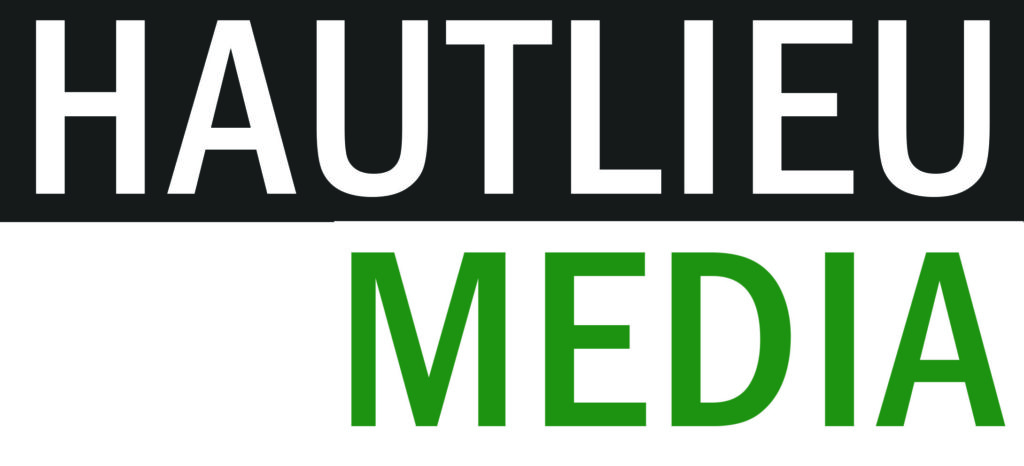hesmondhal – media production as a ‘risky business’
distribution
mubi uk – streaming site for indie alternative movies
film 4
b good picture company
chicken’s world premiere was at the 2015 Edenborough international film festival
ddistributed to many film festivals
in 2016 it was acquired by MUBI uk and had its british tv premiere on april 2017. It received its dvd and bluray release by Network on the 18th September 2017.
made in 2014
posters were created – advertising
social media presence including social media advertising on tiwtter and facebook
micro budget – 110k but earned 10k – hesmondhal – media industry as a risky business – potentially loans takeen out for production
Chicken had its world premiere on 27 June 2015 Edinburgh International Film Festival. The film had its international premiere in competition at the 2015 Busan International Film Festival, followed by screenings at the New Hampshire International Film Festival, Giffoni International Film Festival, Cine A La Vista International Film Festival, Tallinn Black Nights Film Festival, Schlingel International Film Festival and Dublin International Film Festival. It eventually received a limited theatrical release in the UK on 20 May 2016.
reception
- Chicken received positive reviews and holds a 100% “Certified Fresh” rating on Rotten Tomatoes based on 12 critic reviews.
- Leslie Felperin of The Guardian gave the film 3/5 stars and said “first-time director Joe Stephenson elicits lively, empathetic performances from his small cast.”
- Mark Kermode, also in a Guardian review, rated the film at four out of five stars stating that Scott Chambers’ performance is “superb”.
- Anna Smith of Empire magazine gave the film a rating of four stars, responding that the film is “an enjoyable, involving British Drama with and impressive turn from newcomer Scott Chambers.
- Cath Clarke of Time Out, commented that Chicken is “an impressively acted British Drama about a young man with learning difficulties.”
- CineVue praised the film and mentioned that it is “the sort of British indie which restores faith in cinema”.
accolades
- Grand Jury Award for Narrative Feature — Joe Stephenson (New Hampshire Film Festival 2015)
- Silver Griffoni Award for Best Film – Generation 18+ (2nd Prize) — Joe Stephenson & B Good Picture Company (Giffoni Film Festival 2016)
- Award for Best Film — Chicken (Cine A La Vista International Film Festival 2016)
- Scott Chamber’s performance as Richard got a Special Critic’s Circle mention (Dublin International Film Festival 2016)
- The film was shortlisted for Best Director (Joe Stephenson) and Best Newcomer (Scott Chambers) by the British Independent Film Awards.
Theoretical approaches
Chicken is characteristic of the ‘risky’ business of cultural production (Hesmondhalgh), £100K + is a lot of money for a single individual, without a guaranteed return. Chicken also represents diversity in media production (Curran and Seaton) as this film provides a voice and narrative to groups who are not necessarily represented in mainstream media. Henry Jenkins and David Gauntlett would acknowledge that web 2.0 enabled big businesses to exploit the web for commercial reasons, but would also argue that the internet remains the capacity to work as a social good and that online communities created via ‘participatory culture’ have the power to change the world for the better. Web 2.0 refers to websites that emphasize user-generated content, ease of use, participatory culture and interoperability for end users. Similarly, Clay Shirky argues that the media industry is increasingly driven by audience feedback systems rather than top-down control of proprietors. Read page 140 below.
the general meedia concentration of conglomeraates control the content wwithin the media, e.g the same stories the game genre.
this applies to chicken since it follows a radical approach to the drama genre, while following relevant themes of poverty. family abandonment as well as abuse. it is set in the uk which appeals to local audiences.
clay shirky – the media is dictated by the audience rather than a top down approach of propictors
participatory media – advertising on social media, such as facebook and twitter
















